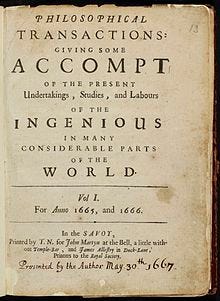The Gatekeepers of Science
A Deep Dive into the World of Peer Review
History of peer review…
Peer review, an integral pillar of scientific discourse and quality assurance, has ancient origins but has seen its most significant developments and formalizations in the modern era.
The ancient Greeks epitomized the spirit of scholarly debate and peer evaluation. Philosophers and thinkers would gather in public arenas, laying bare their ideas for scrutiny, debate, and refinement. Concurrently, during the Islamic Golden Age, a validation system called "Ijaza" emerged. Scholars, upon mastering certain texts, received certification, an early hint at structured scholarly approval.
The birth of scientific societies in the 17th century marked a paradigm shift in scholarly communication. Among the pioneering ventures was the 'Philosophical Transactions of the Royal Society' in 1665, often hailed as the first scientific journal. While it incorporated elements of peer commentary, the approach was not the structured peer review we're familiar with. However, these early initiatives set the stage for a more systematized evaluation process.
The 19th century's scientific landscape was characterized by an explosion in the number of scientific journals. This proliferation necessitated more robust systems to sift through and validate the burgeoning volume of submissions. Entities like the Royal Society began devising systematic methods for paper selection, increasingly relying on collective input from their scholarly communities.
The post-World War II era, with its expansive scientific endeavors, required a fortified peer review mechanism. Journals started adopting a uniform process wherein submitted works were meticulously reviewed by independent, often anonymous, experts prior to publication. This period also saw the birth of the double-blind peer review, a system ensuring the anonymity of both authors and reviewers, thus aiming for unbiased evaluations.
The dawn of the digital age in the late 20th century heralded fresh challenges and innovations for peer review. The rise of the internet kindled debates around open peer review, emphasizing transparency and making reviews publicly accessible. Platforms enabling post-publication review emerged, fostering an environment of continuous scrutiny and feedback even after a paper's initial publication. As the scientific community grapples with potential biases in peer review, there are concerted efforts to make the system more transparent and just.
Parallel to its significance in academic publishing, peer review became indispensable for research funding. 20th-century agencies like the National Institutes of Health (NIH) and the National Science Foundation (NSF) leaned heavily on peer review, ensuring the allocation of funds to research projects of merit.
Critiques of peer review…
Throughout its evolution, the peer review system has not been without its critics. Both in its historical incarnations and in its modern form, several concerns and challenges have emerged, which merit exploration.
Keep reading with a 7-day free trial
Subscribe to Irrational Fear to keep reading this post and get 7 days of free access to the full post archives.


